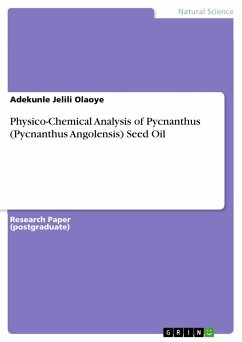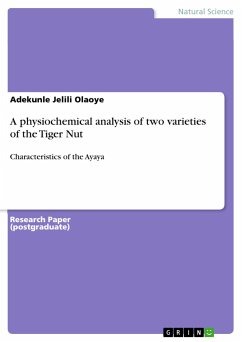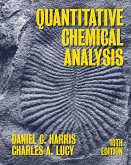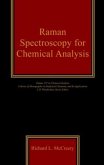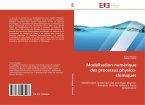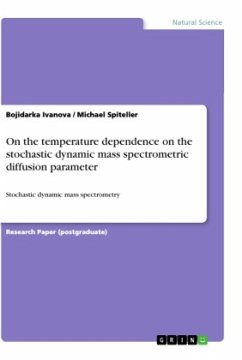Research Paper (postgraduate) from the year 2017 in the subject Chemistry - Analytical Chemistry, grade: 3.0, , course: chemistry, language: English, abstract: This study was based on physico-chemical analysis of the oil content of Pycnanthus seed for its potential and industrial uses. Seeds were collected from a Pycnanthus tree at Awba-dam, UI Ibadan. The results obtained are oil extract 48%, the specific gravity 0.978, refractive index 1.4521, melting point 500C, the saponification value 245.44%, acid value 6.21mg(OH)/g oil, peroxide value 16.12mEq/kg and ester value 239.23. The iodine value of seed oil which placed the oil in the non-drying group was 84.94. Fatty acid composition of the seed oil showed the oil to be rich in lauric acid 64.72%, palmitic acid 13.97%, capric acid 4.99%, capryclic acid 4.40%, myristic acid 4.33% and stearic acid 1.93%. It also contained oleic acid 3.26% and linoleic acid 2.40%. The other fatty acids present in the oil are palmitoleic acid, Linolenic acid and Llignoceric acid. The seeds of the plant could be a source of industrial raw material.

